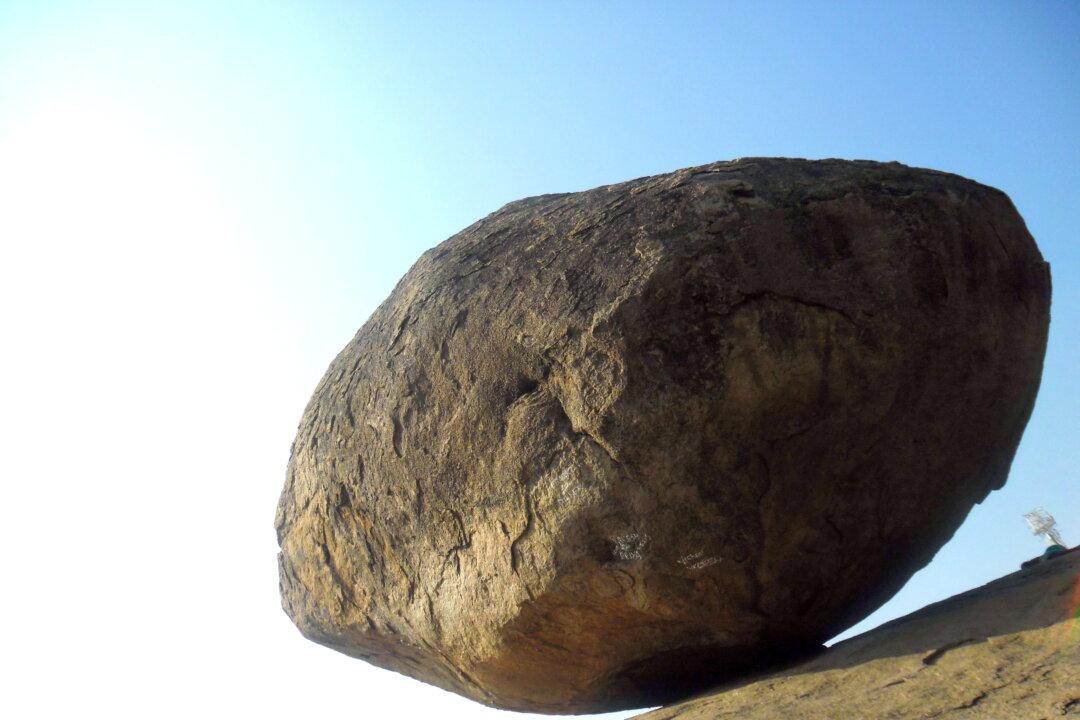One of the distinguishing features of the WWI was the widespread use of chemical weapons. Chemical gases of various lethality, including mustard gas, phosgene, and tear gas, were used to disable and kill enemy defenders. Although chemical weapons played a major role during the Great War, their usage can be dated to a much earlier period of history.
One of the earliest references to the use of chemical weapons in Western literature can be found in the Greek myth of Heracles, in which the hero dips his arrows in the blood of the Hydra to make them toxic. It has also been claimed that poisoned arrows were mentioned by Homer in both his epics, the “Iliad” and the “Odyssey.”
Records of the use of chemical weapons also appear in the ancient civilizations of the East. In India, for instance, the use of poisons during warfare can be found in both the “Mahabharata” and the “Ramayana,” two major Sanskrit epics dating from about the 4th century B.C. Moreover, recipes for poisonous weapons can be found in Kautilya’s “Arthashastra,” which dates to India’s Mauryan period (322–185 B.C.).






